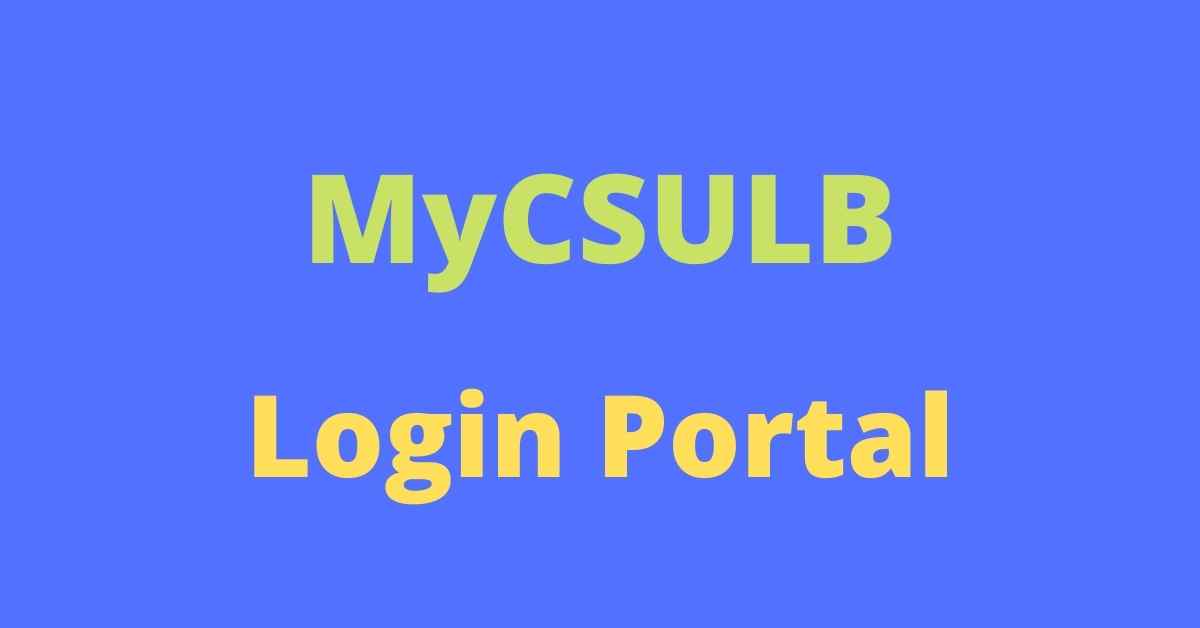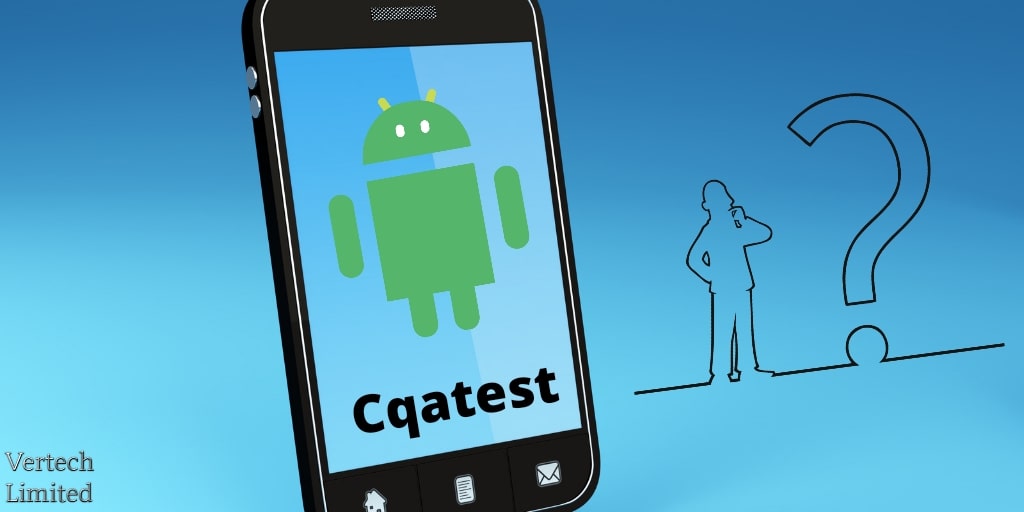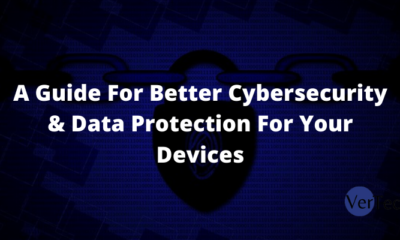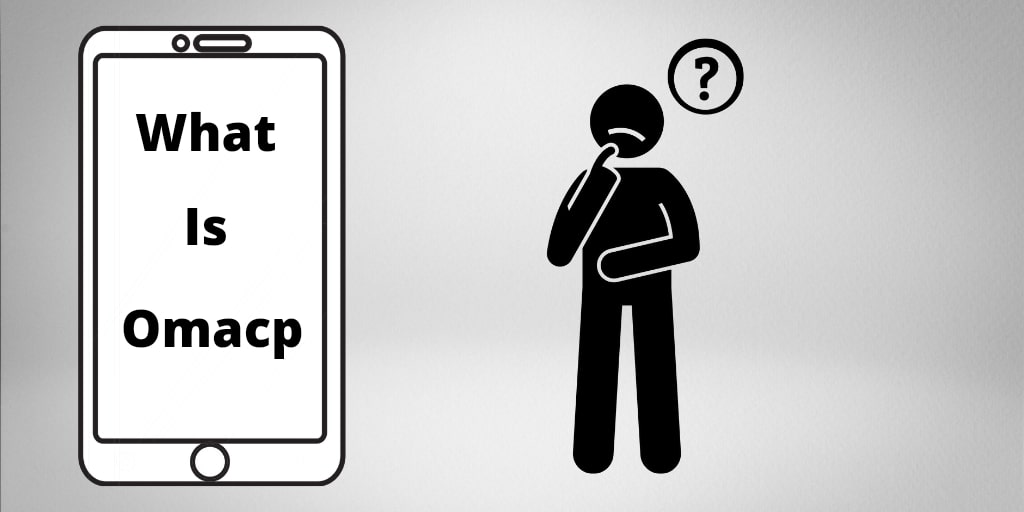Tech
How to Build Courier Delivery App like FedEx

Introduction
Courier delivery apps have revolutionized the logistics industry, providing efficient and convenient ways to send and receive packages. With the rising popularity of e-commerce and online shopping, the demand for reliable and user-friendly courier services has increased significantly. This article will guide you through the process of building a courier delivery app similar to FedEx, one of the leading companies in the logistics domain.
What Is FedEx?
FedEx, short for Federal Express, is a renowned multinational courier delivery services company headquartered in the United States. It was founded in 1971 by Frederick W. Smith and has since grown to become one of the leading logistics and transportation companies globally. FedEx operates on a global scale, providing a wide range of services including express shipping, freight transportation, e-commerce solutions, and business services.
How It Works
FedEx, one of the world’s leading courier delivery services, operates through a well-structured process that ensures efficient and reliable package delivery. Here is an overview of how FedEx works:
- Package Pickup
The FedEx process begins with package pickup. Customers can schedule a pickup by contacting FedEx through their website, mobile app, or customer service hotline. Alternatively, customers can drop off their packages at a nearby FedEx location.
- Sorting and Transportation
After pickup, packages are transported to the nearest FedEx sorting facility. At the sorting facility, packages go through a series of automated processes. Sorting machines scan package labels and sort them based on their destinations. The packages are organized into different containers or carts, ready for transportation.
- Transportation Network
FedEx has an extensive transportation network that includes a fleet of cargo planes, trucks, and delivery vehicles. Packages are transported from the sorting facility to the nearest airport or regional hub, where they are loaded onto cargo planes for long-distance transportation. For shorter distances, packages are transported by trucks to the appropriate local delivery hubs.
- Local Delivery Hubs
At the local delivery hubs, packages are sorted again based on their final destinations. Delivery routes are optimized to ensure efficient and timely deliveries. The packages are loaded onto delivery vehicles, including vans and trucks, along with a route manifest that guides the delivery personnel.
- Delivery to Recipients
The delivery personnel follow the assigned routes to deliver the packages to their recipients. They scan each package upon delivery, providing real-time tracking updates. If the recipient is not available, a delivery attempt is made again on the next suitable day or based on the recipient’s preference. In some cases, recipients may have the option to reschedule or redirect their packages.
- Tracking and Updates
Throughout the entire process, FedEx provides robust tracking capabilities. Customers can track their packages in real-time through the FedEx website, mobile app, or by contacting customer service. The tracking information includes package status, location updates, and estimated delivery dates.
- Exception Handling and Customer Support
In case of any exceptions or issues during the delivery process, FedEx has dedicated customer support teams that assist customers in resolving their concerns. Whether it’s a delivery delay, address correction, or any other problem, customer support is available to provide necessary assistance and ensure customer satisfaction.
- Additional Services
FedEx offers various additional services to meet specific customer needs. These services include options for signature confirmation, insurance coverage, custom clearance for international shipments, and specialized services for industries such as healthcare, e-commerce, and logistics.
Features To Have In Your On-Demand Courier Delivery Application
Building an on-demand courier delivery application requires incorporating key features that enhance user experience, streamline operations, and ensure efficient delivery services. Here are essential features to consider when developing your on-demand courier delivery application:
- User Registration and Authentication
- Enable users to create accounts and authenticate their identities through email, phone number, or social media login.
- Implement secure authentication protocols to protect user data and ensure privacy.
- Package Booking and Tracking
- Provide an intuitive interface for users to book pickups, input package details, and specify delivery locations.
- Enable real-time package tracking to allow users to monitor their shipments’ progress and receive delivery notifications.
- Delivery Agent Management
- Implement a system for managing delivery agents, including their registration, verification, and availability status.
- Allow delivery agents to accept or reject delivery requests based on their availability and proximity.
- Route Optimization
- Optimize delivery routes to ensure efficient and timely deliveries, minimizing distance and time.
- Utilize GPS and mapping integrations to provide accurate navigation for delivery agents.
- Secure Payment Options
- Integrate secure payment gateways to facilitate smooth and secure transactions.
- Offer multiple payment options, such as credit/debit cards, mobile wallets, or cash on delivery.
- Ratings and Reviews
- Allow users to rate and provide feedback on delivery agents and overall service quality.
- Display ratings and reviews to enhance transparency and build trust among users.
- Push Notifications
- Implement push notifications to keep users informed about the status of their deliveries, including pickup confirmation, delivery updates, and estimated arrival times.
- In-App Chat and Support
- Enable users to communicate with delivery agents or customer support through an in-app chat feature.
- Provide customer support channels for addressing queries, concerns, or issues.
- Delivery History and Order Management
- Maintain a record of past deliveries for users to access and review their delivery history.
- Allow users to manage their current and future delivery orders, including rescheduling or canceling deliveries.
- Multi-Language and Localization Support
- Provide language options and localization support to cater to users from diverse regions and cultures.
- Enable users to choose their preferred language and display localized content and services.
- Analytics and Reporting
- Incorporate analytics and reporting tools to track key performance indicators, monitor delivery metrics, and generate insights for business optimization.
- Admin Dashboard
- Develop an admin dashboard to manage users, delivery agents, track deliveries, and generate reports.
- Enable admins to monitor operations, resolve issues, and ensure smooth functioning of the application.
How to Build Courier Delivery App like FedEx
Understanding the Key Features of FedEx App
Before diving into the development process, it’s crucial to understand the key features that make the FedEx app successful. The FedEx app offers a user-friendly interface, allowing customers to easily schedule pickups, track their shipments in real-time, and access delivery notifications. These features enhance the user experience and build trust among customers. Security measures, such as user authentication and secure payment options, also play a vital role in ensuring the safety of transactions.
Planning the Development Process
To kickstart the development of your courier delivery app, it’s essential to define your goals and identify your target audience. Conduct market research to understand the competition and identify gaps in the existing solutions. Determine the features and functionalities you want to incorporate into your app to meet the needs of your target audience effectively.
Choosing the Right Technology Stack
Selecting the appropriate technology stack is crucial for the successful development of your courier delivery app. Consider factors such as scalability, performance, and developer expertise when choosing the framework, programming language, and database for your app. Popular choices for app development include React Native, Flutter, or native development using Swift (iOS) and Kotlin (Android).
Designing the User Interface
The user interface (UI) of your app should be intuitive, visually appealing, and easy to navigate. Start by creating wireframes and prototypes to visualize the layout and flow of your app. Focus on creating a seamless user experience, ensuring that users can quickly perform tasks such as scheduling pickups, tracking shipments, and making payments.
Developing the Backend
The backend of your courier delivery app is responsible for handling data storage, authentication, and the communication between the app and external services. Choose a robust backend framework like Node.js or Django that can handle the expected load and provides scalability. Implement necessary APIs to integrate with external services such as maps and payment gateways.
Building the Tracking System
Real-time tracking is one of the most crucial features of a courier delivery app. Implement GPS and geolocation capabilities to provide accurate tracking information to your customers. Integrate push notifications to keep users updated on the status of their shipments, ensuring transparency and reducing customer inquiries.
Incorporating Payment Gateways
Secure and convenient payment options are essential for a successful courier delivery app. Integrate popular payment gateways such as PayPal or Stripe to facilitate smooth transactions. Implement secure encryption protocols to protect sensitive user data during payment processing.
Implementing Security Measures
Security should be a top priority when building a courier delivery app. Implement authentication mechanisms, such as two-factor authentication, to ensure only authorized users can access the app. Encrypt sensitive user data and adopt secure coding practices to protect against potential vulnerabilities and data breaches.
Testing and Quality Assurance
Thorough testing is essential to ensure a seamless user experience. Conduct functional and performance testing to identify and fix any bugs or issues. Test the app on various devices and platforms to ensure compatibility and responsiveness. Optimize the app’s performance to provide a fast and reliable experience for users.
Launching and Deploying the App
Prepare for the app launch by creating engaging promotional materials and ensuring the app meets the guidelines of relevant app stores. Submit your app to platforms like the Apple App Store and Google Play Store for distribution. Monitor the deployment process to ensure a successful launch.
Marketing and Promoting the App
Develop a comprehensive marketing strategy to promote your courier delivery app. Utilize digital marketing techniques such as search engine optimization (SEO), social media marketing, and content marketing. Collaborate with influencers or partner with local businesses to increase brand visibility.
User Feedback and Continuous Improvement
Encourage users to provide feedback and reviews on the app. Monitor app performance and address user concerns promptly. Regularly update and improve the app based on user feedback to enhance user satisfaction and stay ahead of the competition.
Conclusion
Building a courier delivery app like FedEx requires careful planning, development, and continuous improvement. By understanding the key features, choosing the right technology stack, and prioritizing user experience and security, you can create a successful app that meets the demands of the logistics industry.
-
Blog1 year ago
MyCSULB: Login to CSULB Student and Employee Portal – MyCSULB 2023
-
Android App3 years ago
Cqatest App What is It
-
Android1 year ago
What Is content://com.android.browser.home/ All About in 2023? Set Up content com android browser home
-
Software2 years ago
A Guide For Better Cybersecurity & Data Protection For Your Devices
-
Latest News2 years ago
Soap2day Similar Sites And Alternatives To Watch Free Movies
-
Android2 years ago
What is OMACP And How To Remove It? Easy Guide OMACP 2022
-
Android3 years ago
What is org.codeaurora.snapcam?
-
Business2 years ago
Know Your Business (KYB) Process – Critical Component For Partnerships





















